To talk about the power of sustainability data and analytics, Energetics invited David Solsky of Envizi to participate in a podcast. Envizi offers a resource optimisation platform, providing organisations with visibility of their data from the enterprise to equipment level. With this visibility businesses can identify patterns, prioritise actions and improve efficiency. David was joined by Energetics’ General Manager of Energy Accounting, Michael Bosnich and Associate and Commercial Property Sector Lead, Jamie Ayers. To follow are the highlights of their discussion.
High quality, timely data is key – but there are challenges
With data at the heart of so much in our everyday lives and in business, we know that good decisions rely on the insights obtained from data. However, a common challenge for most organisations is accessing high quality data in a timely manner. A lack of confidence in data is a common stumbling block for organisations seeking to drive their sustainability strategies forward. David commented, “In Envizi’s early days, dealing with utility providers here in Australia to obtain simple data through bills on a monthly basis and in an electronic format that could be easily uploaded into our platform was difficult. It took many years to get right. Fast forward 10 years and we can get the bulk of that data. However, we know that many of our customers still face challenges, for example, trying to get the data they need from their landlords’ electricity accounts.”
Michael asked David about accessing energy data. David said, “Energy, particularly electricity and gas have such a significant impact on the carbon footprint of most organisations. Then there is a long tail of other sustainability metrics including water and waste before refrigerants and other obscure items, which need to be measured as part of the overall sustainability footprint. For all the struggles around electricity and gas, there are even larger problems in terms of securing quality waste data, which has been a particularly troublesome over the years.”
“However, we are moving to an environment where machine learning and AI technologies are proliferating. Understanding that a kilowatt hour is a kilowatt hour. It doesn't matter where that is on a bill. If something is a kilowatt hour and the field next to it is a numeric field, there's a very high probability that it is the kilowatt hour reading. Such technologies are increasing the reliability of data extraction from bills, while bringing down the cost. We are seeing Amazon and Microsoft building incredible smarts into their cloud-based platforms, which are designed to deal with document management and data extraction.”
“It’s funny to think that you can use AI and machine learning to drive a car from Los Angeles to New York with no human intervention and yet you can't use it to get 20 lines off a utility bill! I think we’re on the cusp of some breakthroughs. It's certainly an area that Envizi has been looking at with our technology partners.”
How do people make decisions based on vast amounts of data?
David answered, “Reporting on a monthly basis will give customers the macro trends and help them understand progress towards targets. When you start working with meter and sub meter data, building automation system data, using sensors to measure temperatures, humidity and people movement, the data sets become too big very quickly. It's no longer about reporting. It's about being able to mine that data for the nuggets and that is well beyond visualization tools. This is the new era of machine learning and AI. You will find patterns and the anomalies.”
Ensuring your business has the structure to support energy management projects
In considering large and small energy users, David said, “We know that the technology by itself does not produce outcomes. It needs to make its way into a business’ processes and structures. It’s people who act. For businesses with large energy spends, such as Woolworths, with lots of refrigeration, HVAC, doors opening and closing and temperatures changing, there are significant advantages to investing in an energy operation centre and associated infrastructure. For smaller energy users the business case for energy management infrastructure is not as compelling. The issue for them is how to work within a basic structure. Most buildings today have a facility or property manager. Often that facility management function is outsourced to a third party. There are also HVAC mechanical contractors, control contractors, and electrical contractors who are looking after the building management system (BMS). How do you use the insights from data and analytics when the size of the savings opportunity doesn’t justify a management team? I think that's an area that most organisations are grappling with.”
He added, “They’re starting to engage their contractors to make them more accountable for the performance of those buildings; but they need access to the right systems and tools. They need to see the outputs of the analytics which link to core workflow systems. Ultimately there is an opportunity to co-create a better environment where managers and contractors can leverage the insights from data and technology.”
What’s next?
Jamie Ayers asked David about what he thinks is next for data and analytics. David answered, “Too much time is spent on data capture and analysis. We’ve got to get technology to do more of the heavy lifting. I think if you speak to most sustainability and energy professionals, you hear the same thing, ‘we were caught up in the reporting season for three or four months’.”
“Why does it take three or four months to get data ready for reporting? We should be able to get data quickly, reliably and have the ability to package it up. There's always going to be quality assurance, but there’s a disproportionate amount of time going into managing data.”
“For a lot of organisations, particularly those that have net zero commitments or science based targets, significant capital investments have been made to enable the achievement of those goals. Their sustainability professionals should be spending time thinking about how they are going to get there and not spending, three, four months worrying about reporting. That's the real shift we need to see in the industry.”
“If a valued project is something like upgrading a BMS across many sites, that's where people need to be focused, not working out why a BMS isn't performing properly. We need to put the data to work using the technology smarts that companies like Amazon and Microsoft through Azure are delivering as powerful technology tools. If we can bring those tools together with the data, wrap in some of the domain expertise and collaborate with consultants like Energetics, I think we can really help people focus on the things that matter.”



